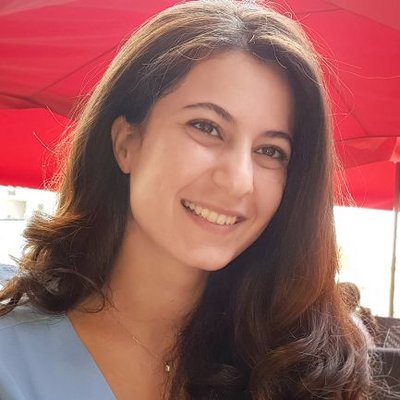
Dina El Ahdab, PhD Candidate
‘Magic’ is a word for the things you don’t understand. ‘Science’ is a word for the process of understanding things.
However, they’re actually closer than most people might think. Among the similarities:
> Both are disciplines that seek to understand how the world works.
> Both are motivated by our desire, to at least some extent, to impose our will on the world.
> Both involve experimentation, at least to some extent.
> Both involve the search for general principles that can apply to specific situations.
> In both cases, those general principles can appear arcane to the uninitiated.
"More than ever, people need some understanding of science, whether they are involved in decision-making at a national or local level, in managing industrial companies, in skilled or semi-skilled employment, in voting as private citizens or in making a wide range of personal decisions." - The Public Understanding of Science

Science is indeed facing several major problems including financial crunch in academia, poor study design in published papers, lack of replication studies, problems with peer review, and problems with research accessibility.
One should admit that the public support for the scientific research is often low. Researchers can be blamed here, since a wide communication gap exists between the scientific and the non-scientific communities. This has resulted in miscommunication of science, divided opinions about scientific matters, and lack of informed decision-making among the public. Researchers are partly responsible for this because they lack time or sometimes they prefer an inclination to engage with the public about their research work. Therefore, the public is largely dependent on the media, which is often blamed for misconstruing scientific facts.
In order to close the communication gap, scientists should become more social, but are we a science literate society?
The audience that scientists are targeting need to have some preparedness to receive scientific information and be able to apply it in their everyday decisions. Thus, while scientists will definitely have to explain their research in simple language, the communication will not be effective unless the audience has a certain degree of understanding of scientific research, how it works, and what it implies.
Just a few decades ago, mobile phones and the internet were relatively new. Although today, even people in remote villages know how to use smartphones, and elderly people are avid users of Whatsapp and Facebook although nobody really taught them how to.
We need events that can bring the scientific and non-scientific communities closer together. Lay audiences need to be immersed in science in the way they are surrounded by gadgets today: everyday life should be more science focused. Right from primary school education to popular media such as television, films, the internet and social media, science should be omnipresent in people’s lives in an interactive way. This will facilitate a better understanding of science and help bridge the gap between scientists and the non-scientific community. This in turn, will improve the quality of rational decisions and the use of science products, and hopefully, increase the public’s trust in science and scientists.


Commentaires récents